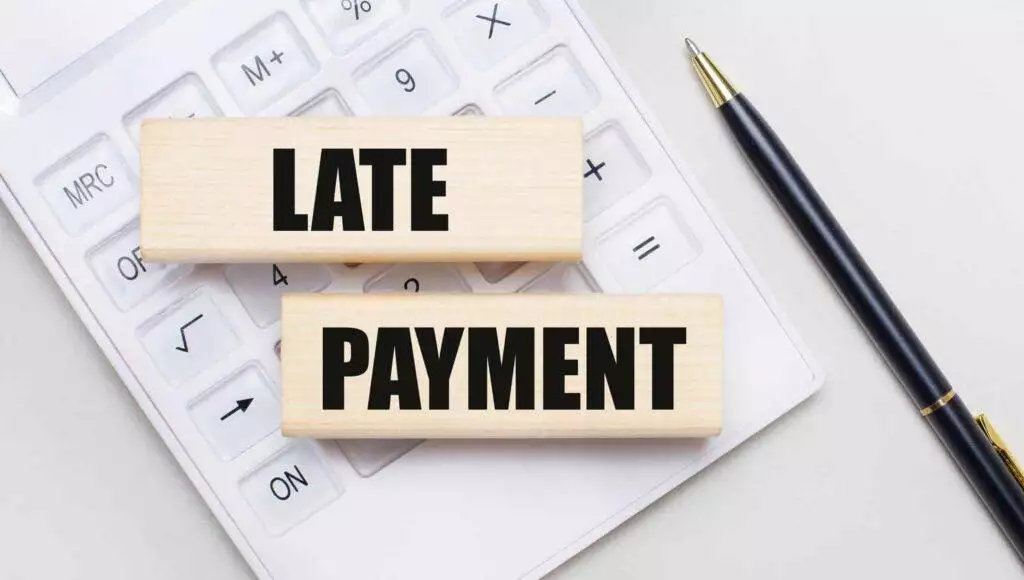Crisis situations occur suddenly and without warning. As in the life of a person, so in the life of a company, the transition from one phase of development to the next represents a cross, a period of weaker adaptation to the environment, unpreparedness and internal and external discord.
The word crisis can be defined as a difficult situation, while the period of the cross represents the time or the reversal of a dangerous development. With the occurrence of the corporate crisis, the company is trying to change the direction of development, it is a situation in which the business success of the company is at a minimum acceptable level. A corporate crisis is usually defined as an unplanned and undesirable process of limited duration and possible impact, affecting primary objectives, with an ambivalent outcome.
Effects of globalization
All of today’s businesses and societies are affected by globalization; decisions made at one end of the world affect decisions made at the other. Corporate crises have exacerbated the existential need to monitor the ever-growing global economy, the evolution of financial systems, computerization, and global communications. Companies need to monitor trends, market changes, economic, economic and political factors, etc. to develop new strategies and goals for the company.
A corporate crisis can occur suddenly or gradually without knowing the factors that led to the company’s crisis. Corporate crises pose a threat to the company and lead to negative and undesirable results in its business. Some of the symptoms of a crisis situation are: Reduced liquidity, low profitability, long-term decline in profitability, operating loss, declining sales, poor productivity.
A lot of small businesses are struggling
The Federation of Small Businesses estimates that 453,000 small businesses could go bankrupt this year because of late bill payments.
The FSB (the U.K.’s Small Business Bureau) said the problem of late payments has been exacerbated by the recent pandemic. It also noted that 78% of small businesses experienced an increase in costs last quarter. The FSB recommends raising the small business tax relief cap from £6,000 to £25,000 to help alleviate this problem. 
The coronavirus has exacerbated the problem of late payments, one of the most worrisome concerns for thousands of business owners. Only 6% of small businesses say they have renegotiated payment terms in recent months. Of those surveyed by the Federation of Small Businesses, 30% said this problem has worsened in recent months.
The cost of running a small business is rising. The biggest culprits are fuel and utilities, which have increased 78 percent since last year.
Last year, the Federation of Small Businesses found that only a quarter of small businesses were prepared for the changes in the new regulations. This has led to concerns about delays at ports and supply chain disruptions. In addition, rules and controls such as export certificates for animal foods, fruits and vegetables will go into effect later this year.
Causes of corporate insolvency
Certain symptoms indicate that insolvency has occurred. Some of the causes or reasons for insolvency are:
– Many managers have never experienced serious crisis situations.
– Management is not prepared for adversity.
– Some managers believe that revenue growth can solve the problems in their company
– Managers miss opportunities to respond to market trends by constantly improving their products and services
– Management bypasses sources of stress until they cause a crisis
– Some managers do not know where and how to cut costs and increase cash flow
– Companies are undercapitalized
– Managers miss the opportunity to stay in touch with customers and keep asking them what they want
– There are not enough talented people in middle management
– Owners and managers are emotionally attached to their company
External causes of insolvency
The word itself suggests to us that they arise outside the organization or in the environment. Therefore, the organization does not have much influence on these causes. Among the external causes of the crisis we can count today:
1. Underdeveloped money and capital market, under such conditions it is difficult to raise and place money on the money and capital market, which can lead to insolvency, i.e. the inability to finance investments
2. Economic crisis and recession, the deterioration of general economic conditions plunges many companies into crisis.
3. Excessive taxes, contributions and other payments to the state negatively affect the solvency and profitability of enterprises, especially tax increases.
4. The bank’s restrictive monetary policy makes it difficult to obtain short- and long-term loans, which can jeopardize solvency and the financing of investments. High interest expense reduces the company’s profitability and financial results, as do expensive loans and high interest expenses.
5. Inflation, in which input prices rise faster than output prices, or faster growth. Purchase from sales prices can lead to losses and lower cash income, resulting in insolvency.
6. Change in political and economic environment, change in import and export policies, change in government, economic reforms, etc.
If the causes are discovered in time, it is possible to stop their occurrence and spread insolvency. A company is insolvent if it is not able to pay its due liabilities within a certain period of time with the available money:
Payables Due > Cash Available
The main cause of insolvency is a dynamic imbalance between available cash and the number of overdue payables.
A negative cash flow in the company leads to a shortage of money or an increase in financing costs, which cause insolvency and are necessary for short-term borrowing, thus reducing the profitability of the company. Insolvency has several negative consequences for the company. The company may incur high financial costs.
Losses to protect itself from insolvency
Some of the ways to protect your business are:
– Selling products at a lower price than on the market
– Using short-term loans with unfavorable interest rates
– Selling real estate or business at a lower price than the market price
A company can improve its solvency by taking the following actions:
– Measures to reduce cash expenditures
– Reduction of long-term investments
– Reduction of short-term investments
– Reducing cash outflows from financial income/expense
– Measures to increase cash receipts
One of the most useful action is to track your payments on time by using smart tools such as Invoice Crowd.
“Better a bad horse than no horse at all.” We believe that you do not want that at all. That’s why our Invoice Crowd team is here for you.




